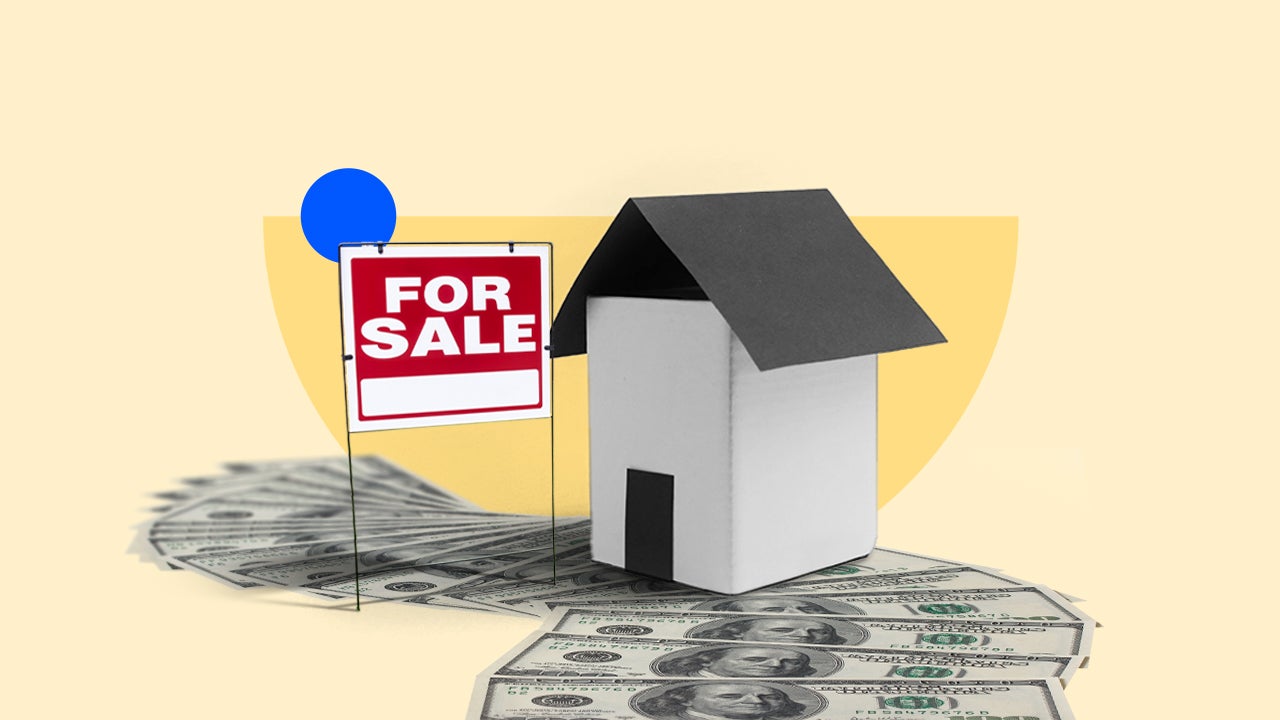How to sell your used car in 9 steps

Key takeaways
- There are four options for selling a used car: trade-ins, private sales, selling through a dealership and using car-buying websites.
- Before selling, gather all necessary paperwork, clean the car and determine its value through sources like Kelley Blue Book or Edmunds.
- When selling to a private party, ensure safety by using secure forms of payment, conducting test drives carefully and transferring the title through the DMV.
If you are ready to move on from your current set of wheels, selling it can leave you with extra cash and the freedom to buy again. But before you post an ad online, prepare yourself by learning how to sell a car privately or through a third party.
From deciding on the best method of selling to setting a fair price and ensuring a safe and official sale, there are several important steps to take.
9 steps to selling your used car
When selling an asset as valuable as a car, you want to secure the best price possible. Invest in cleaning your car before listing it for sale, take the time to research an appropriate sales price and know how to negotiate effectively.
1. Choose which way to sell your car
There are four ways to sell your car:
- Trade it in: Trading in your car only works if you’re looking to purchase a vehicle from the dealership, making this a good option if you’re in the market for a new vehicle. It’s convenient, as you won’t have to market the vehicle to potential buyers. The downside is you probably won’t get as much for it as you would from a private sale.
- Private sale: You’ll typically get more for your ride if you sell it on your own. However, you will have to do the legwork to find the right buyer and negotiate a concrete sale price. This can be a good option if you don’t want to be tied to a specific dealership or feel confident negotiating a higher price on your own.
- Dealership: Many dealerships will give you a free, no-obligation cash offer for your vehicle. It’s fast and simple, and you’ll have a set period to decide whether to redeem it. If you need cash for your car now with minimal effort, this can be your best option.
- Car buying websites: Car buying websites like Carvana and AutoNation promise to make an offer on your car within minutes. You’ll provide some required information about the vehicle’s make, model, color and mileage. These companies provide cash quickly for your vehicle, but they often charge a variety of fees that eat into your profits.
2. Gather the necessary documents
You can’t sell your vehicle to a dealer or private party unless you have these documents on hand:
- Paperwork from the original sale of the vehicle.
- A vehicle history report.
- The vehicle’s title.
- Any service records available.
If you’re missing any of these documents, wait until you have them on hand to sell your car. Otherwise, you could face complications when trying to finalize the transaction.
It’s also a good idea to have emissions test documentation available if you live in a state where these tests are required. In addition, if there are warranties that still apply to the vehicle, having this paperwork on hand is also important. You may even fetch more for a vehicle that is still covered by warranties.
At the time of sale, you may also need an odometer disclosure and a bill of sale documenting the transaction between the buyer and seller. Check with your DMV to make sure you’re filling out all necessary forms.
3. Prepare your car for sale
Once you’ve decided how to sell your car and gathered the necessary paperwork, it’s time to prepare it for the market. Ideally, you want to spruce up the exterior and interior of the vehicle to make it shine for potential buyers.
Get your car professionally detailed or spend some time vacuuming and shampooing the carpets, cleaning the mirrors, washing the exterior, applying wax if necessary and making the tire rims shine.
Also, take your vehicle in for an oil change. If your tires or brakes are nearing the end of their useful life, now is the time to have them replaced. You should have the mechanic swap out any burned-out lights and windshield wipers that don’t work correctly. And plan to fix cracked windshields, scratches or dents.
Detailing your used car and making key cosmetic fixes is similar to staging a home for sale. The way your car looks matters and will help fetch a better price. Few people want to purchase a car peppered with scrapes or dents or a messy interior.
4. Set the right sales price
If you are planning to sell your used car to a private party, research what the price trends say. A figure that’s too high could turn potential buyers off and selling for too low means you will get less than you should. So, you want to do your research to ensure you price the car right, while leaving a little wiggle room for negotiations.
You can use several tools to determine your car’s current value. Use the “My Car’s Value” feature from Kelley Blue Book or refer to Edmunds to get an idea of your car’s worth. Or you can use Autotrader or refer to classified ads to search for similar listings in your local area.
5. Get the word out
Tell everyone in your network that you are selling your car and ask them to spread the word. If you want to sell online, you can also post on social media or advertise on sites with a used car marketplace — such as Autotrader, Kelley Blue Book or Cars.com — or in the local newspaper.
When creating the ad, include photos that capture multiple angles of the car’s exterior, interior and what it looks like under the hood. The ad should also mention the year, make and model of the vehicle, its current condition, the asking price and acceptable forms of payment. Also, include features that make it stand out, like an extended warranty, fuel-efficiency rating or heated seats and why you want to sell the vehicle.
6. Come ready to negotiate
To prepare for negotiations, whether you’re selling privately or to a dealership, take your car to a few dealers and obtain offers. Use this information and what you found researching your car’s value on sites like Kelley Blue Book or Edmunds to inform your negotiations with potential buyers.
You’ll want to come to the table with the lowest price you’ll accept in the back of your mind and be prepared to counteroffer.
Start the conversation off by letting the potential buyer throw out a number. If the figure works, it’s up to you to decide whether to ask for more or move forward with the sale. But if the number is too low, counter with a slightly higher price point above the minimum you are willing to accept. Most importantly, be prepared to walk away if you cannot reach a fair deal with the other party.
7. Be smart and safe about the sale
Safety is of the utmost importance when arranging the sale of your vehicle with a private party. A cashier’s check can be a safe way to accept payment, for instance, as the check is guaranteed to clear since the funds are immediately pulled from the buyer’s bank account when the check is issued.
If the potential buyer wants to test drive the vehicle before agreeing to purchase your car, call your car insurance company to ensure you will be covered in the event of an accident. Also, pick a populated area and agree to a route before it begins. You may also want to bring someone else with you for extra safety.
Also, make sure you know what happens to car insurance once you sell the car. Policies do not transfer to the new owner upon sale, and canceled coverage could result in fines or other problems.
8. Consider payment options
When selling your car, there are various ways to accept payment from a buyer. While a cashier’s check is a popular and safe option, some sellers may want to pay cash. But you could suggest that they use a contactless payment processor, like PayPal or Venmo, instead. These types of funds transfer apps and platforms can be a better way to manage large cash payments.
If you accept actual cash from a buyer, you’ll have hundreds or thousands of dollars in your possession, which is not necessarily safe. You’ll need to visit the bank relatively quickly to deposit the money.
9. Make the sale official
At last, you found the perfect buyer and are eager to finalize the sale. But before it’s a done deal, it’s a good idea to visit the local DMV with the buyer to transfer the vehicle’s title to the new owner.
Keep in mind that this process looks different in every state. Some may require you to provide proof of a passed inspection or that you contact the tax assessor’s office in your county. You can find the rules for your respective state at DMV.org.
Bottom line
Whether you’re looking to earn some money or swap your car out for a new one, these tips will help you get top dollar for your ride. However, a private party sale is likely your best option to maximize your profit. Be sure to get a few valuations before listing your ride to ensure it is priced right and sells in record time. And check out current auto rates to help you buy your next vehicle.
You may also like

How to sell a house by owner in Oklahoma

How to trade in your car: 5 simple steps




